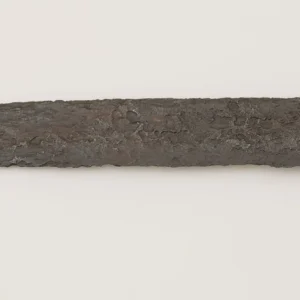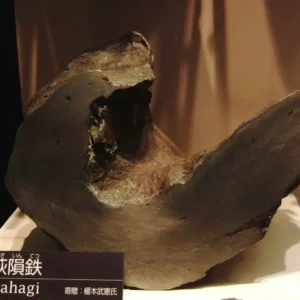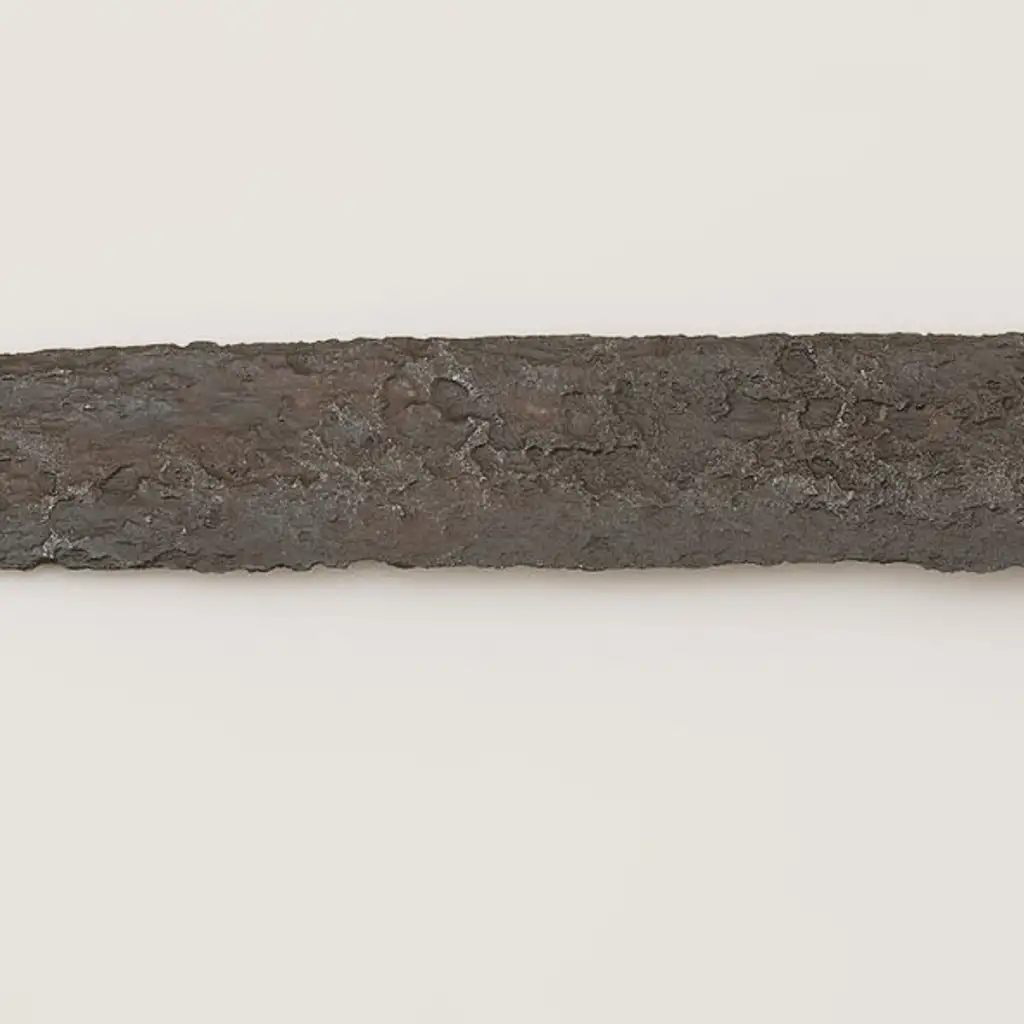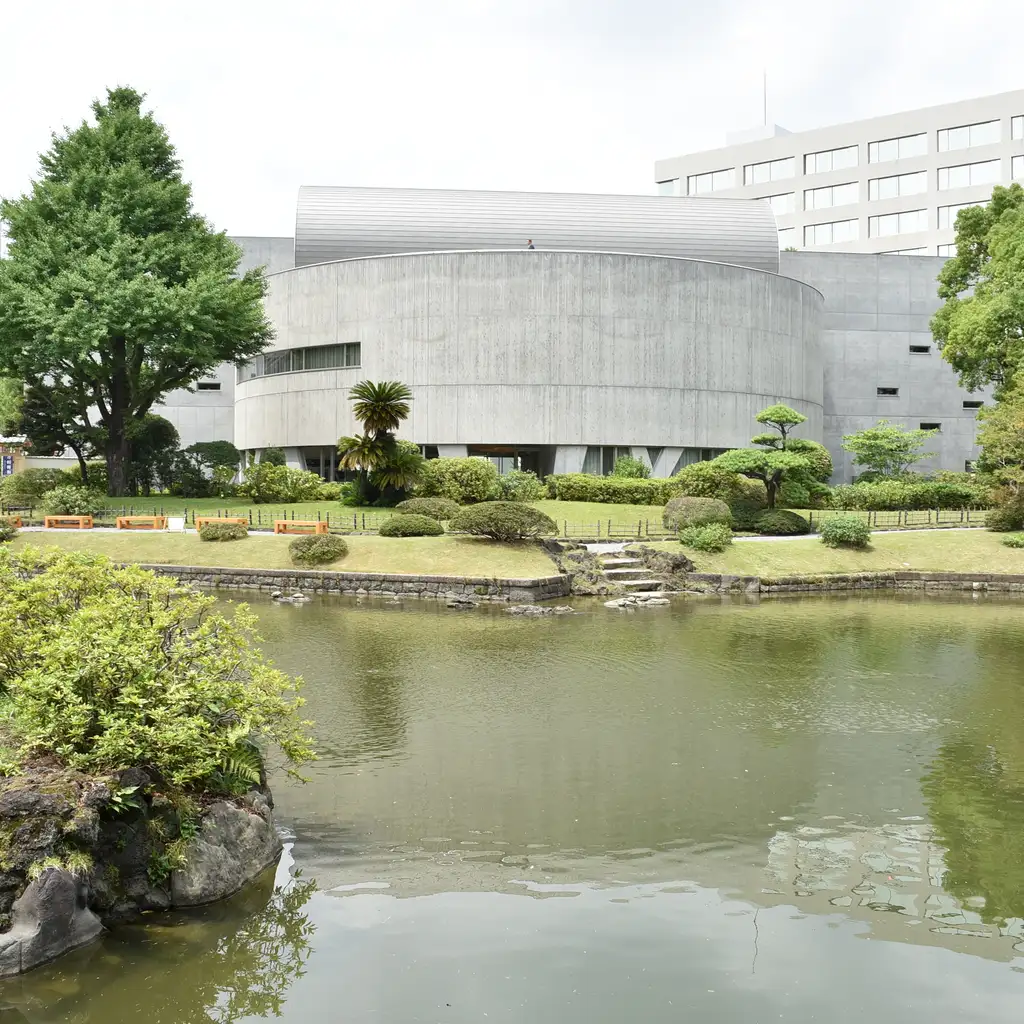The legacy of true Japanese craftsmanship that presents sword making as a work of devotion and skill. Shimpei Kawachi, a 16th-generation artisan who has inherited the tradition from his father, a katanamaker, meaning that he has inherited the deep knowledge of katanamaking. His father spent about 40 years learning the technique of “utsuri” which creates a shadowy glare on the surface of the blade and was thought to be long lost. This elaborate technique prevailed till the 1
The aim of Shimpei Kawachi is clear: to preserve and promote this ancient form of art. As all of the four Kawachi brothers are engaged in sword making, they would surely be able to continue this tradition. Shimpei can tell the origin and history of a sword at a glance, as each blade tells its own story. While his brothers put themselves into crafting, Shimpei has gravitated toward business development by setting up “Studio Shikumi” to safeguard Japa.
Kawachi worked in the Tokyo National Museum before he became an entrepreneur. There were lots of people who came here to their objects of culture or art. Even though these objects did not have monetary value according to Kawachi, they certainly held great sentimental value. Because he sensed this would be the premise of a niche market, Kawachi started exhibiting and selling private collections and found swords to be of special interest, especially to international collectors from places such as Hong Kong.
Kawachi transforms swords into art pieces by taking their threatening aura away, since all swords are inherently weapons. The katana has always been honored as a weapon and also as a sacred object, symbolizing protection and guardianship for the spirit. It is tried during major events in life such as delivery to basically signify that one’s spirit is kept safe.
How traditional custom preserved Japan’s small knife tucked within a bride’s layers of kimono was more for custom than necessity? These had now become cherished family heirlooms to be shown off but not used during New Year’s celebrations.
Making a katana, especially using the utsuri technique, is laborious. Kunihira Kawachi, Shimpei’s father, made these sword creations costing some million yen. This painstaking artistry involves repeated forging and polishing of the steel to create the unique wavy pattern of the blade, an endeavor toward perfection and beauty.
Around 200 sword smiths are now registered in Japan, among which only a few can make their living entirely from this art. The adaptation of the skills of many artists after World War II has resulted in creations such as “jizai okimono,” movable animal shapes of steel to serve practical purposes such as paperweights or incense holders.
Indeed, this transition among modern technologies with the traditional craft of Japanese making. A place in this modern route which bridged tradition and technology was when Studio Shikumi collaborated with Rinkak, a 3D printing company, to launch new collections. The collection holds handmade swords with acrylic scabbards produced through the 3D printing process, which turned out to be a six-month-long effort of Kawachi to perfect for mass production.
Once more, the “urushi” lacquer collection has apparently made yet another spectacular stride as it marries the lacquer technology of the Japanese with the 3D printing by way of items such as drink vessels, mirrors, bowls, and vases: their lacquer coating is similar to mountain fog, while patterns in mirrors resemble those in kimonos. It can be noted that the 3D printers do all the basic works while the last fine touch is done by hand, similar to polishing techniques used when one is at the gate of an iPad.
That is why when asked why one should invest so much in such beautiful objects, Kawachi has the simple reply of, “It deepens your life.” He explains that while the taste of sake is constant, savoring this drink from a carefully crafted piece enhances the spirit and reflects the work of art. Ultimately, it’s about kimochi-the feeling and the connection of the people to the art.








